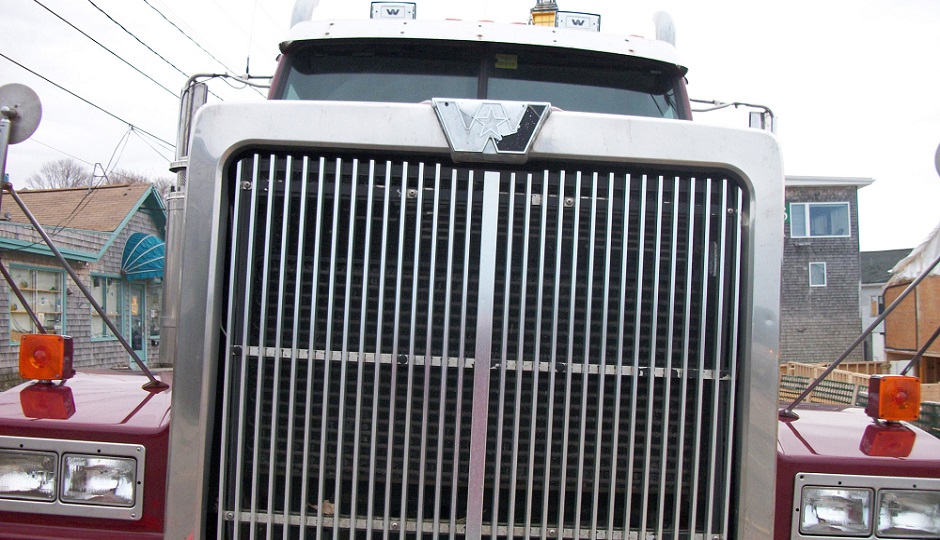In 1999, the Québec government implemented Act 430 respecting owners, operators and drivers of heavy vehicles (HVOOs) and road safety. The purpose of the bill was to encourage the owners and operators of heavy vehicles to adopt safe conduct towards all road users.
Violations relating to excess speed and failure to stop at a red light or stop sign were the most common.
This research project had three objectives: 1) To identify the effects of the act's implementation on road safety; 2) To inventory the most common violations committed by drivers of heavy vehicles (HVs) and HVOOs and establish a statistical link between the types of violations of HV drivers and HVOOs and the types of accidents; 3) To identify and categorize HVOO and HV driver profiles and determine which of these pose the greatest risk to road safety.
Our most interesting results show that there is a positive statistical link between the number of highway safety code violations accumulated in the previous year and the number of accidents in which HVOOs and HV drivers have been involved in the current year. Violations relating to excess speed and failure to stop at a red light or stop sign were the most common, while several transporter violations were also significant. When these statistical results are used to construct risk classes, it can be seen that accident risk is extremely heterogeneous across vehicle fleets and HV drivers, and that the variation is closely linked to violations accumulated in the previous year.
Finally, our findings indicate that changes to the conduct review policy for HVOOs have had no significant impact on total accidents and highway safety code violations among fleets of heavy trucks and road tractors. Only accidents resulting in injury have decreased, but the real impact is minimal.
Main researcher: Georges Dionne, HEC Montréal
Original title: Étude des comportements de sécurité routière des propriétaires, exploitants et conducteurs de véhicules lourds




